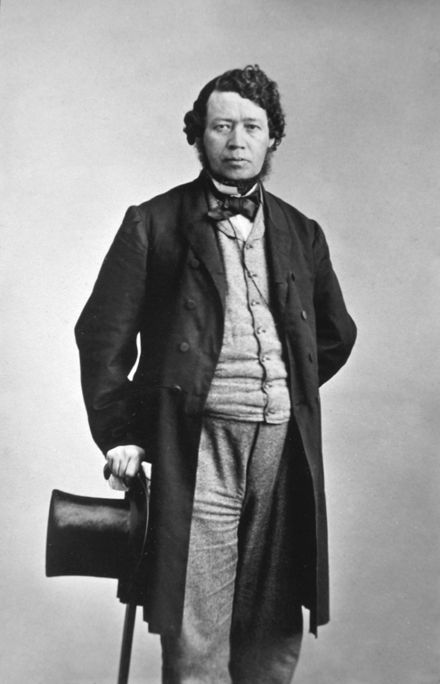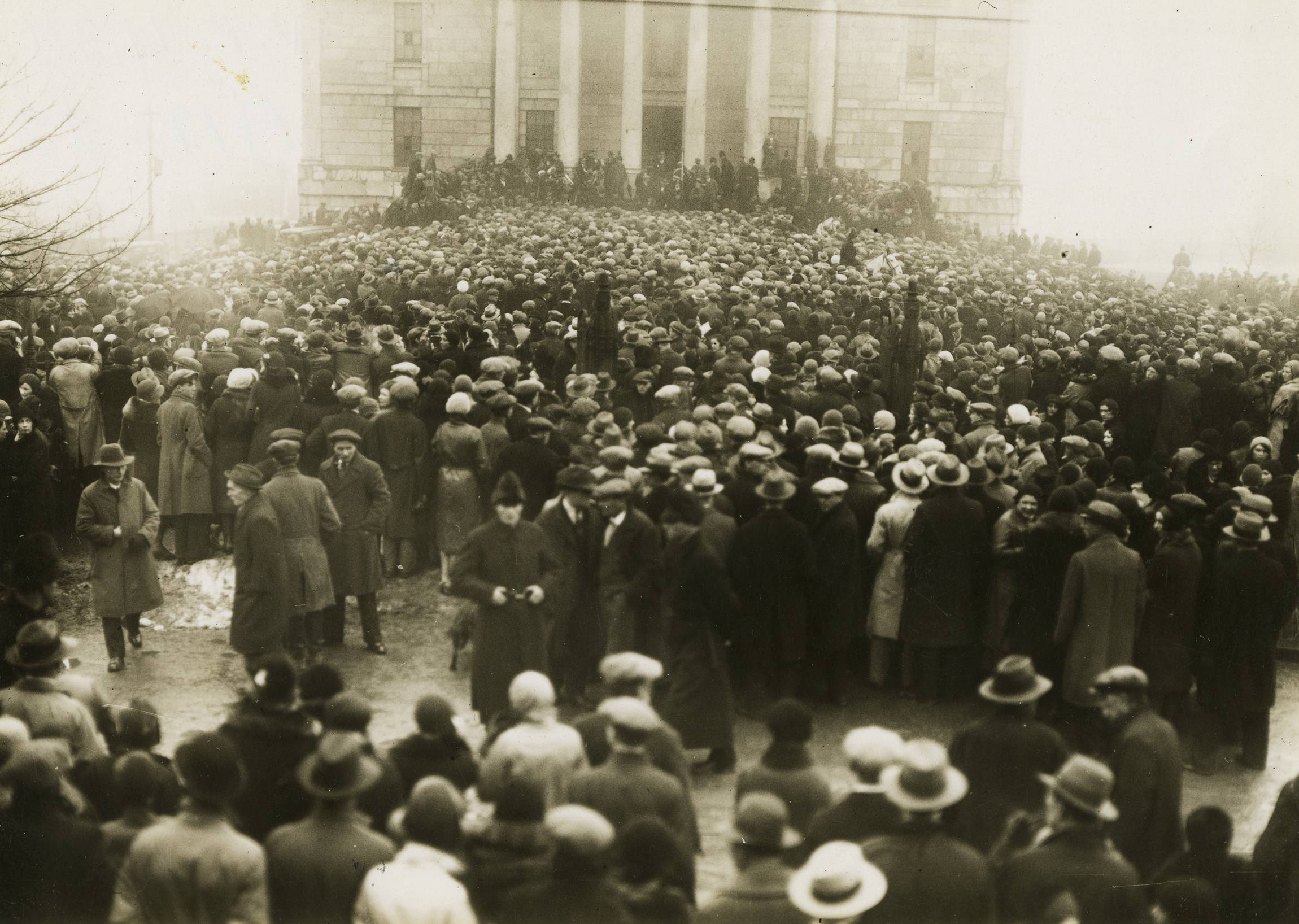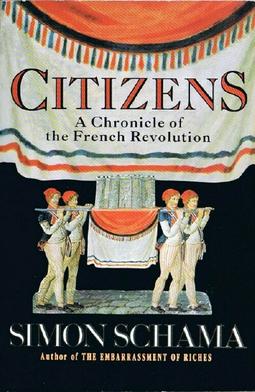
1357
The life of a royal hostage
In 1356, in the midst of the Hundred Years’ War, King John “the Good” of France was taken prisoner by the English Black Prince after the Battle of Poitiers. The plan, as was customary at the time, was to hold him for ransom — in this case a vast sum of money and ceding large chunks of southwestern France to England. While the ranson was being negotiated and raised John was kept in comfortable style in various English castles. Here is an account of his stay at Somerton Castle in Lincolnshire which began this day in 1357:
John was attended by dozens of servants. Among these were two chaplains, a secretary, a clerk of the chapel, a physician, a maitre d’hôtel, three pages, four valets, three wardrobe men, three furriers, six grooms, two cooks, a fruiterer, a spiceman, a barber, and a washer, besides some higher officers, and a person bearing the exalted name of le roy de menestereulx,’ who appears to have been a maker of musical instruments and clocks as well as a minstrel; and last, but not least, ‘Maitre Jean le fol’ [a jester]. The Somerton Castle furniture being utterly insufficient for such a vast increase of inmates, the captive king added a number of tables, chairs, forms, and trestles, besides fittings for the stables, and stores of fire-wood and turf. He also fitted up his own chamber, that of the Prince Philip, and of M. Jean le fol, besides the chapel, with hangings, curtains, cushions, ornamented coffers, sconces, &c., the furniture of each of these filling a separate wagon when the king left Somerton.
Large consignments of good Bordeaux wines were transmitted from France to the port of Boston for the captive king’s use, as much as a hundred and forty tuns being sent at one time as a present, intended partly for his own use and partly as a means of raising money to keep up his royal state. One of the costly items in the king’s expenditure was sugar, together with spices bought in London, Lincoln, and Boston, immense quantities of which we may infer were used in the form of confectionery; for in the household books we meet constantly with such items as eggs to clarify sugar, roses to flavour it with, and cochineal to colour it. These bon-bons appear to have cost about three shillings the pound; at least such is the price of what is termed ‘sucre roset vermeil,’ and especial mention is made of a large silver gilt box made for the king as a ‘bonboniere,’ or receptacle for such sweets.
In the article of dress John was most prodigal. In less than five months he ordered eight complete suits, besides one received as a present from the Countess of Boulogne, and many separate articles. One ordered for Easter was of Brussels manufacture, a marbled violet velvet, trimmed with miniver; another for Whitsuntide, of rosy scarlet, lined with blue taffeta. The fur and trimmings of these robes formed a most costly additional item, there having been paid to William, a furrier of Lincoln, £17, 3s. 9d. for 800 miniver [squirrel] skins, and 850 ditto of ‘gris;’ also £8, 10s. to Thornsten, a furrier of London, for 600 additional miniver skins, and 300 of gris,’ all for one set of robes. Thus 2,550 skins, at a cost of £25,13s. 9d., were used in this suit, and the charge for making it up was £6, 8s. Indeed, so large were the requirements of the captive king and his household in this particular, that a regular tailoring establishment was set up in Lincoln by his order, over which one M. Tassin presided.
The pastimes he indulged in were novel-reading, music, chess, and backgammon. He paid for writing materials in Lincolnshire three shillings to three shillings and sixpence for one dozen parchments, sixpence to ninepence for a quire of paper, one shilling for an envelope with its silk binder, and fourpence for a bottle of ink. The youthful tastes of the valorous Prince Philip appear to have been of what we should consider a more debased order than his royal father’s. He had dogs, probably greyhounds, for coursing on the heath adjoining Somerton, and falcons, and game cocks, too; a charge appearing in the royal household accounts for the purchase of one of these birds, termed, in language characteristic of the period, ‘un coo a, faire jouster.’
One very marked trait in King John’s character was his love of almsgiving. His charitable gifts, great and small, public and private, flowed in a ceaseless stream when a captive in adversity, no less than when on the throne in prosperity. Wherever he was he made a small daily offering to the curate of the parish, besides presenting larger sums on the festivals of the church. For instance, he gave to the humble Cure of Boby (Boothby) a sum equal to twelve shillings, for masses offered by him at Christmas; eight shillings at the Epiphany; and four shillings and fourpence at Candlemas. The religious orders also received large sums at his hands; on each of the four mendicant societies of Lincoln he bestowed fifteen escuz, or ten pounds. On his way from London to Somerton, he offered at Grantham five nobles (£1, 13s. 4d.); gave five more nobles to the preaching friars of Stamford, and the same sum to the shrine of St. Albans. In fact, wherever he went, churches, convents, shrines, recluses, and the poor and unfortunate, were constant recipients of his bounty.
On the 21st of March 1360, King John was removed from Somerton, and lodged in the Tower of London, the journey occupying seven days. Two months after (May 19), he was released on signing an agreement to pay to England 3,000,000 of gold crowns (or £1,500,000) for his ransom, of which 600,000 were to be paid within four months of his arrival in France, and 400,000 a year, till the whole was liquidated, and also that his son, the Due d’Anjou, and other noble personages of France, should be sent over as hostages for the same. The last act of this unfortunate monarch shews his deep seated love of truth and honour. On the 6th of December 1363, the Duc d’Anjou and the other hostages broke their parole, and returned to Paris. Mortified beyond measure at this breach of trust, and turning a deaf ear to the remonstrances of his council, John felt himself bound in honour to return to the English coast, and accordingly four days afterwards he crossed the sea once more, and placed himself at the disposal of Edward. The palace of the Savoy was appointed as his residence, where he died after a short illness in the spring of 1364.










